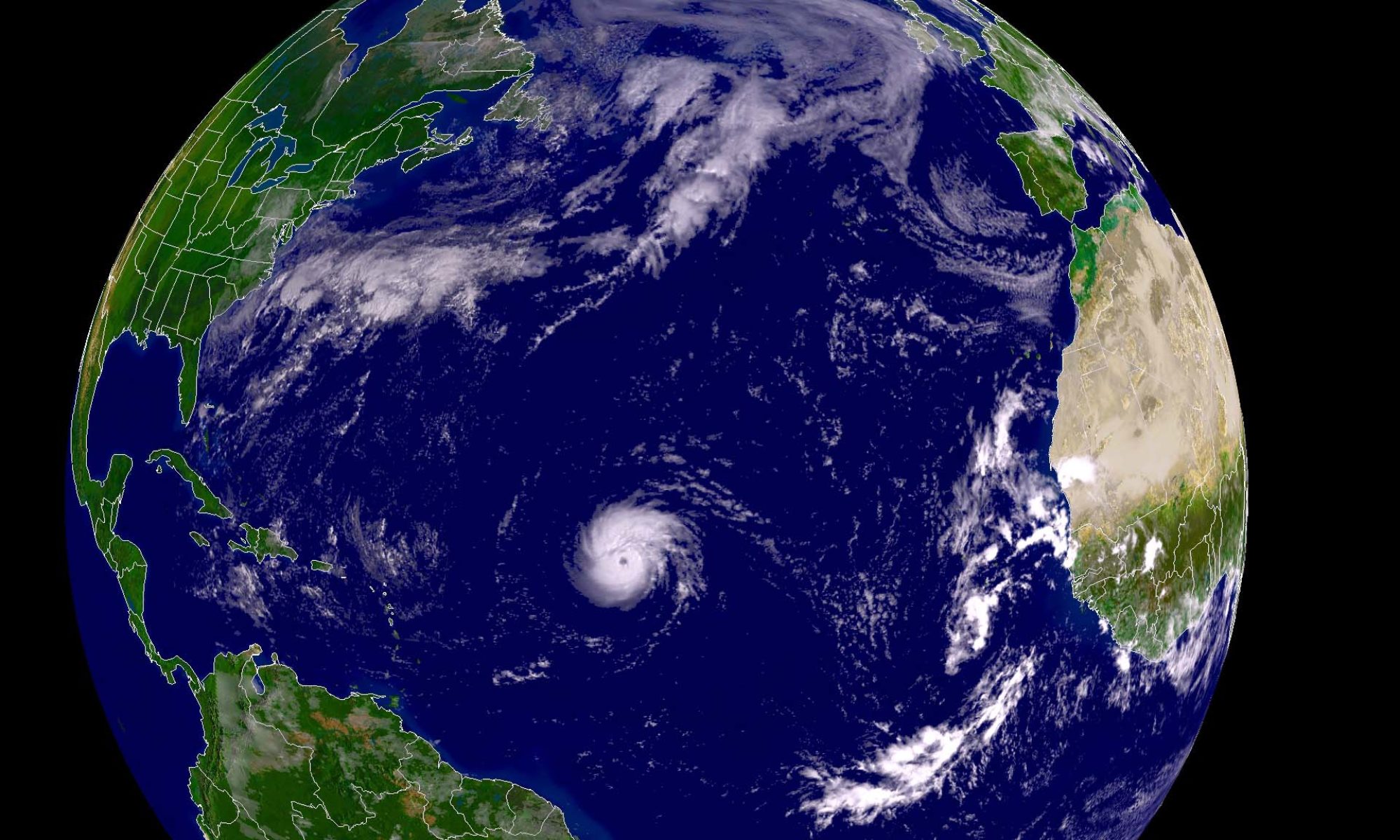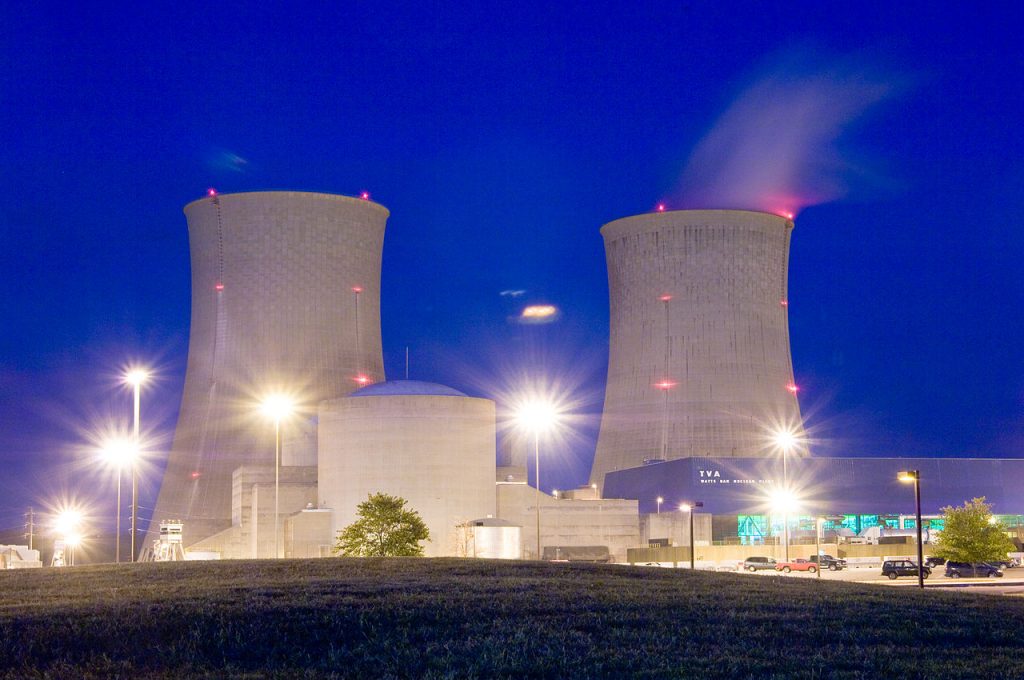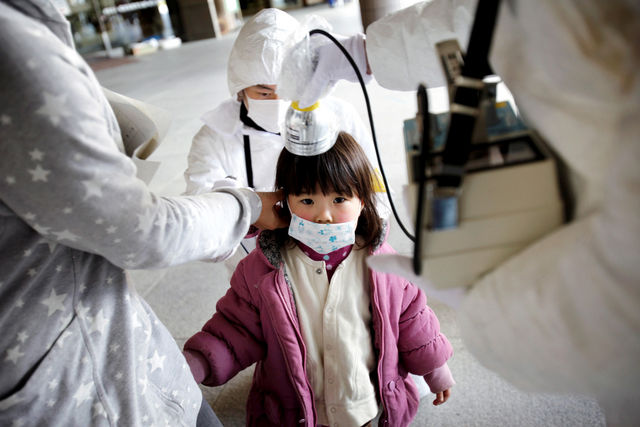The water from the Fukushima disaster is more radioactive than the authorities have previously publicized, raising doubts about government assurances that it will be made safe.

Matoko Rich and Makiko Inoue
December 23, 2019
Republished from The New York Times
IWAKI, Japan — The overpowering earthquake and tsunami that ripped through northern Japan in March 2011 took so much from Tatsuo Niitsuma, a commercial fisherman in this coastal city in Fukushima Prefecture.
The tsunami pulverized his fishing boat. It demolished his home. Most devastating of all, it took the life of his daughter.
Now, nearly nine years after the disaster, Mr. Niitsuma, 77, is at risk of losing his entire livelihood, too, as the government considers releasing tainted water from a nuclear power plant destroyed by the tsunami’s waves.
Prime Minister Shinzo Abe’s cabinet and the Tokyo Electric Power Company — the operator of the Fukushima Daiichi plant, where a triple meltdown led to the worst nuclear crisis since Chernobyl — must decide what to do with more than one million tons of contaminated water stored in about 1,000 giant tanks on the plant site.
On Monday, Japan’s Ministry of Economy, Trade and Industry proposed gradually releasing the water into the ocean or allowing it to evaporate, saying a controlled discharge into the sea would “stably dilute and disperse” it. The ministry ruled out alternatives like continuing to store it in tanks or injecting it deep into the ground. Mr. Abe’s cabinet will make the final decision.
The water becomes contaminated as it is pumped through the reactors to cool melted fuel that is still too hot and radioactive to remove.… Continue reading



